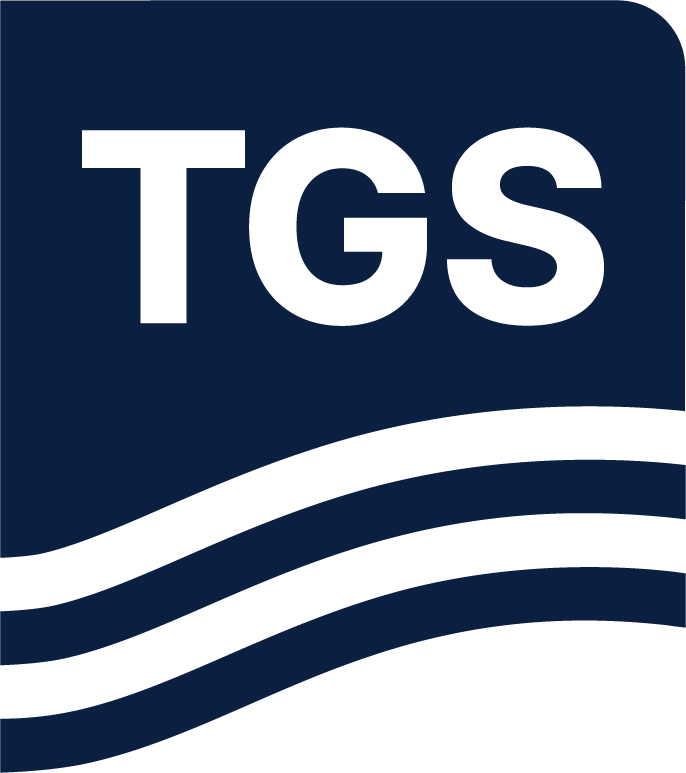Aggregating and Predicting Up-To-Date Production Statistics
Moving into 2025 the TGS Onshore Products team is taking a more intense focus on publishing news and intelligence. That includes continued weekly spotlight and well intel articles, but we’ll also be introducing an exciting new model that will allow readers to explore aggregate US production statistics up to the current month. This new dataset will allow users to explore up-to-date statistics on oil production across the country, bypassing restrictions caused by public reporting delays. In this week’s spotlight article, we’ll briefly explain how this model was created and the value in this analysis.
Overcoming Gaps and Delays in Production Reporting
The reporting structure for public oil and gas data in the US is distributed amongst one or more public agencies across various states and government entities. States have different standards on what, when, and how information regarding oil and gas operations are reported. State regulatory agencies must QC and process the data before redistribution, which causes additional delays in final reporting. The result is a patchwork of reporting statistics that vary in quantity, quality, and timeliness. The bottom line is that it is nearly impossible to get precise, ground-truth reporting about well and production statistics in real-time. The EIA and other organizations provide up-to-date production statistics with similar models. However, while these models are certainly robust and well documented, their sources of aggregate production are not always completely overlapping with TGS sources, and often rely on other vendors’ models which potentially results in compounding interpretations. The TGS model is not meant to replace other aggregate US production models, but rather by presenting an independent view, with clearly defined assumptions and methodologies, we aim to help promote a better understanding of trends and key factors that affect oil production on a nationwide basis.
Predicting Missing and Delayed Data by Looking for the Gaps
The methodology section of this article has 4 categories: Data Sources, Assumptions, Interpretation, and Results.
Data Sources:
As a core foundation of the TGS Well Performance Dataset, we have been sourcing and processing well, completion, production, and injection data for over a decade. The data is primarily acquired from state and national regulatory agency public distribution channels, which often has variable quality, and typically takes the form of:
- wells defined at the well system, wellbore, or well completion event level
- production and injection at the lease, field, well system, wellbore, or well completion event level
- other supporting metadata like dates, depths, completions, and more at various levels of precision
In some instances, the digital data provided by state regulatory bodies has insufficient range or breadth of coverage. To overcome these data issues, TGS data models will also include infilled and enriched well and production data histories by extracting additional details from hard-copy completion reports or digitizing from physical records directly from district offices. Aside from the well and production data, current and historical drilling rig activity is also necessary for various steps in the model, which is sourced from Baker Hughes rig data.
Assumptions:
The first major assumption of this data model is the definition of a well. While seemingly a very basic concept, it’s important to clearly define the definition of a well to account for all of the various scenarios and permutations that can occur. In its simplest form, a well system will be composed of a single wellbore with a single producing interval. However, many of the most important wells to accurately define can add significant complexity to the model. Some examples:
- a vertical well is drilled and produces for a few years, and then is re-entered to drill a horizontal section in a different formation
- a vertical well is drilled and completed from a shallow zone, but then recompleted in a different formation
- a pilot hole is drilled before then drilling multiple producing laterals off of the original pilot hole
The TGS Well Performance Data model strictly adheres to the PPDM framework for assigning well records to the well system, wellbore, and well completion events, but a full 14-digit Unique Well Identifier (UWI14) is not necessarily the best definition for this specific model. Because an active drilling rig is a key signal for the model, we will define a well as a producing wellbore. Recompletions or refracs are not classified as separate wells because a drilling rig is often not required and therefore do not have a sufficient signal to predict new completion events.
The next major assumption is the categorization of wells for the purpose of assigning signals (i.e., drilling rigs) and displaying the results. For the initial release of this model wells will be categorized by their basin. While TGS has its own basin framework, this model will utilize the Baker Hughes basin model due to its reliance on rig activity data as the primary signal. Wells will be categorized by state, onshore/offshore, and conventional/unconventional as the model matures.
Interpretation:
The US production data model combines 3 sets of data points: known wells with recorded historic production, known wells with forecasted future production, and predicted wells with predicted production. The first two are fairly straightforward and have been processed and included in the Well Performance dataset for over a decade. Historic production is recorded and reported by state regulatory bodies, ingested and processed within the TGS data model, and then allocated to UWI14. Forecasted production exists for any identified wells that have active production. The forecasting mechanisms predict a p50 ARPS decline using a combination of recorded production profiles and type-well areas (for early life wells), which is then extrapolated out with monthly forecasted volumes ending when the production drops below an economic limit calculation.
The predicted wells and predicted production set is where this model becomes an interpretation. To fill in the gaps caused by reporting delays an analysis is conducted to determine how many wells were likely drilled for each major basin on a monthly basis and then compared to the known producing wells over that same time period. The gap is filled with type-wells and type-well production, calibrated geographic and primary landing zone specific features to reflect the most likely aggregate and monthly production profile for a given basin and area.
Combining these three sets of production yields an up-to-date view of current US production and key trends and insights on the future of domestic output.
Results:
The results of this model will be published online and updated monthly at the following location: Access Real-Time Production Data & Future Trends
Join us in Shaping the Future of Production Forecasting
Many of us have likely heard some variation of the saying “all models are wrong, but some are useful”. The TGS US Production model is no different. It’s currently operationalized and returning calibrated results, but will always be a work in progress with the goal of continuous improvement and innovation. Enhancements being considered include: segmentation of drilled vs completed wells and tracking of DUC’s by incorporating active frac spread counts by basin, better defined type-curve areas for production profiles segmented by landing zone and proportionally allocated across a basin based on recent historic landing zone distribution. Our team will continue to seek additional ideas, and welcomes questions, feedback, suggestions, or corrections.
Contact our onshore products team at WDPSales@tgs.com to learn more.



